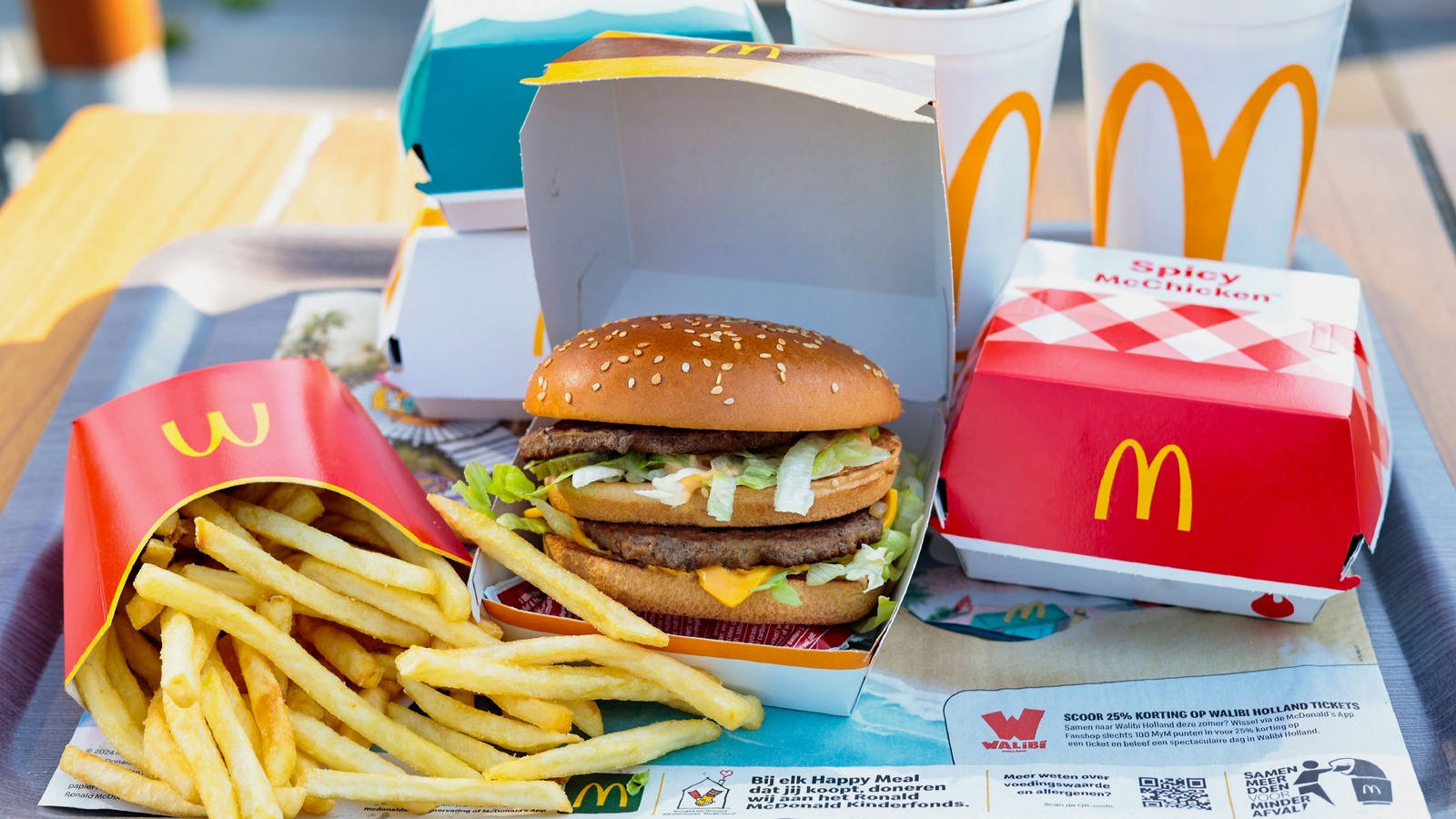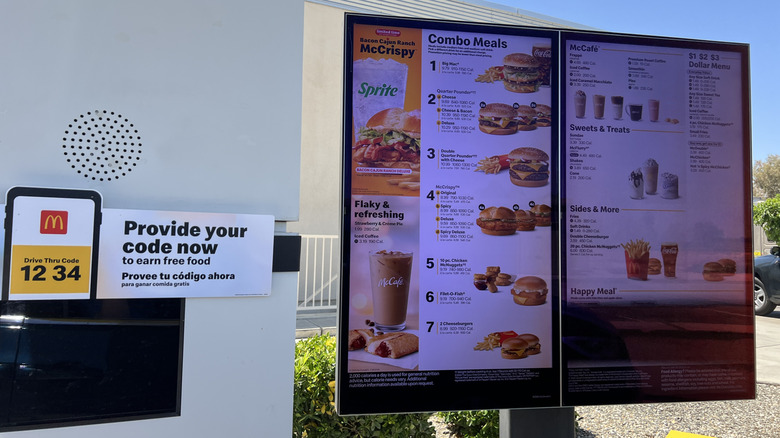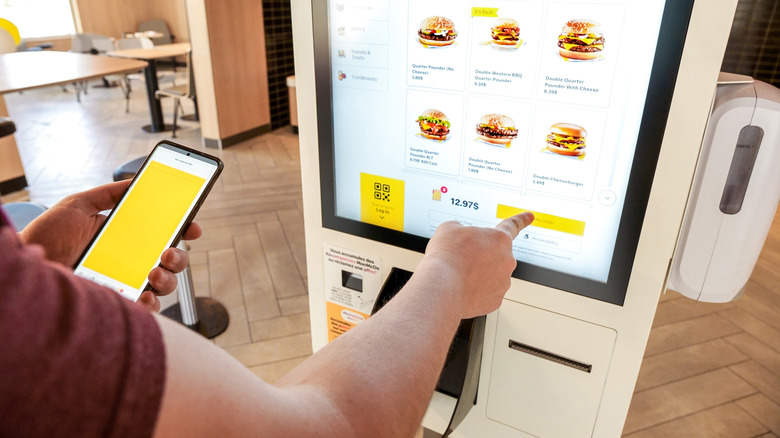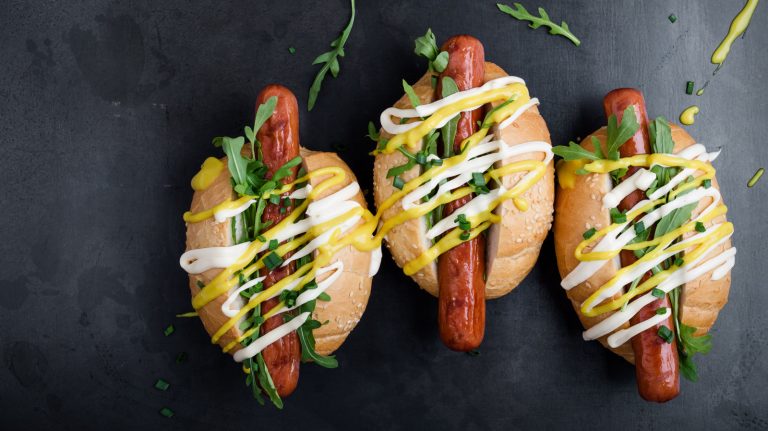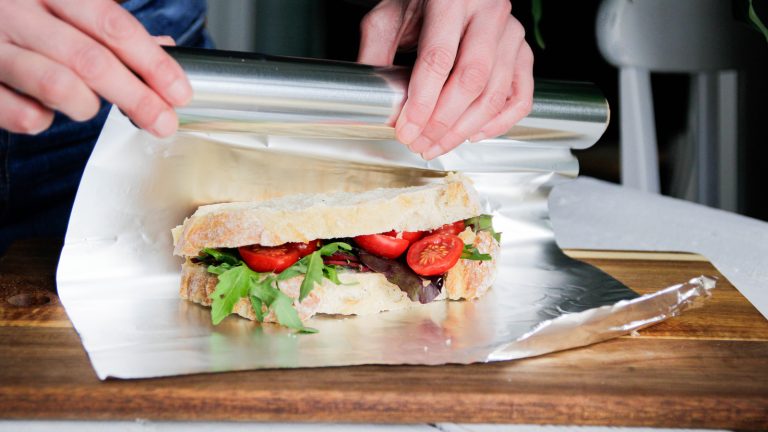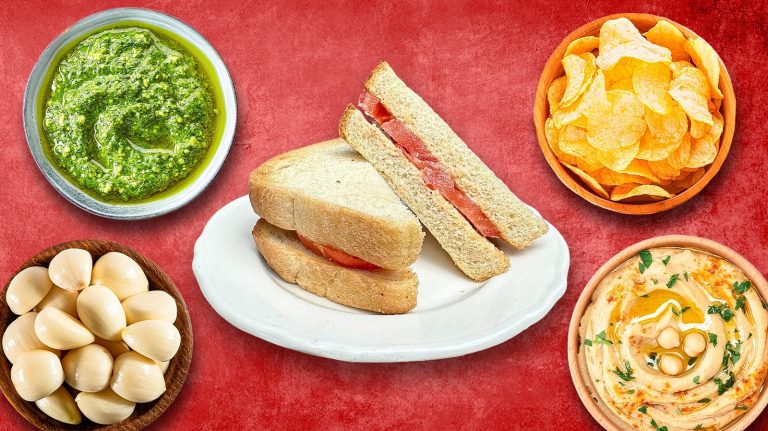In a world where QR-code menus and ordering food from your phone is the norm, you’re probably not fazed by ordering on digital menus that update constantly. Since 2018, McDonald’s has been incorporating digital menus into its drive-thrus (as opposed to static menus, which always feature the same items and deals unless physically changed) and self-ordering kiosks. These digital ordering options can be updated in seconds, highlighting deals and specific items — and it’s these features that are exactly what get you to order more.
If you haven’t given much thought to digital menus, that’s the point. In our digital-everything environment, an electronic menu isn’t anything to bat an eye at. However, this change is a subtle way to get you to spend more money. You might not even notice until you pay. The menus are designed with a precise combination of data analytics of what customers order and a bit of psychology to make you choose “add to my meal” without thinking twice.
One of the most obvious money-making tactics is upsell prompts. Let’s say you select a Big Mac at a kiosk. The digital screen will immediately prompt you to add something to “make it a meal.” These upsell items are often drinks, fries, or other sides that obviously go well with a burger, increasing the chances that you’ll add the upgrade.
Digital menus offer personalized suggestions
On a cold, rainy day, have you ever thought, “A big bowl of soup sounds perfect right now?” This is the psychological strategy that McDonald’s uses with its digital menus to essentially predict what you might want to order before you approach the menu. While McDonald’s doesn’t have soup, a cold day may cause you to crave your comfort food, McNuggets. On a hot day, a soft serve or McFlurry sounds perfect. McDonald’s dynamic menus can update based on the weather and feature the appropriate menu item.
Digital menus are often enhanced with artificial intelligence, meaning that busy employees don’t need to stay on top of updating the menu themselves. In addition to weather, the digital menu can also suggest items based on the time of day. For example, in the morning, your favorite McDonald’s breakfast sandwiches will likely be featured front and center.
Visual appeal and strategic placement of digital menus
Food that looks good inevitably sells better. That’s another reason digital menus works so well. They make food look more appealing than the static menu boards. Digital menus can display photos with higher resolution and even add animations. Often, the more expensive items will look more extravagant and delicious; When the Classic Hamburger is featured next to the Double Cheeseburger, it looks rather plain and boring. Seeing the visual comparison may cause you to go for the more expensive item.
Digital menus can be updated to strategically place certain menu items or combos. If the McChicken Meal Deal isn’t selling well, its placement can be made more prominent to grab the customer’s attention. If you order your regular go-to meal, but see an unbeatable deal that’s flashing in your face, it’s more likely that you’ll impulsively add it.
Get this! The total price of the order on the self-order kiosks is intentionally placed at the bottom of the screen. This ensures you’re not seeing the increasing price while completing your order and worrying about the cost. While customers are clever with ordering hacks like using the app to help them save money at McDonald’s, the chain also has its own subtle tricks to get you to spend more. Sure, you can hack your way to a cheaper Big Mac, but watch out for the tactics employed by digital menus to make sure more money stays in your wallet.


